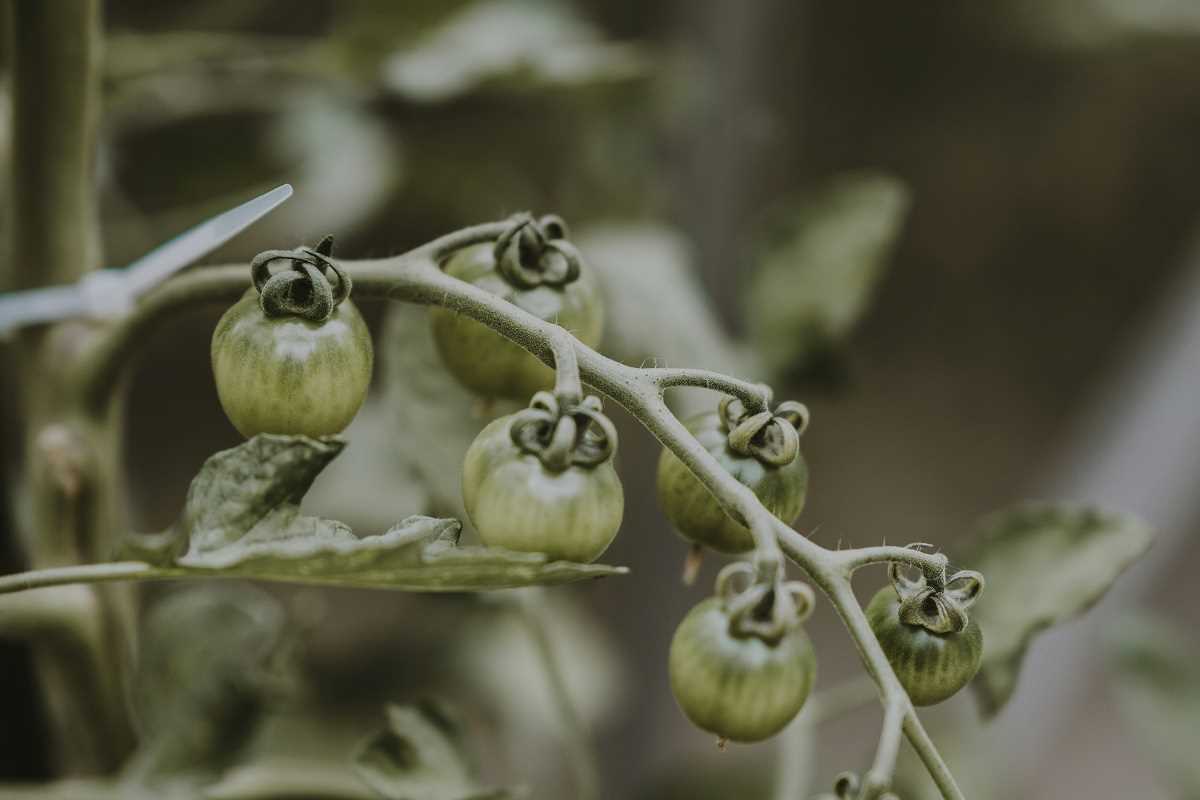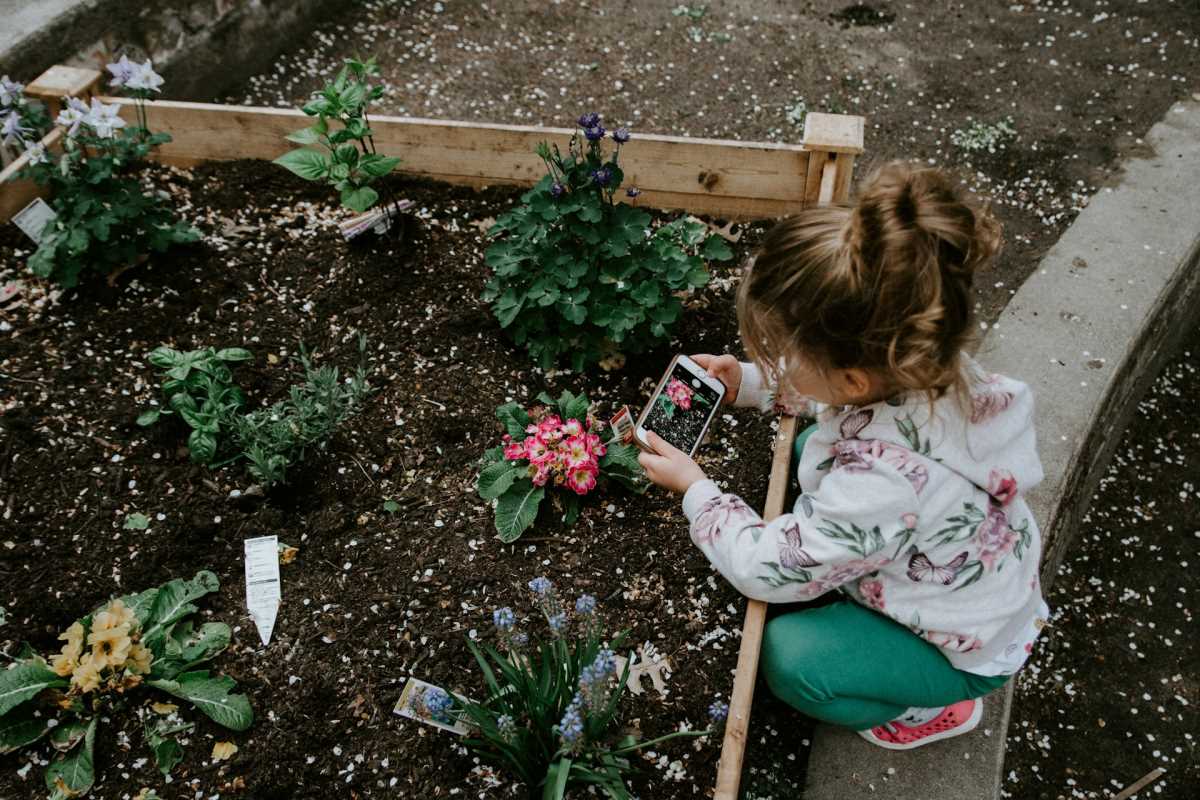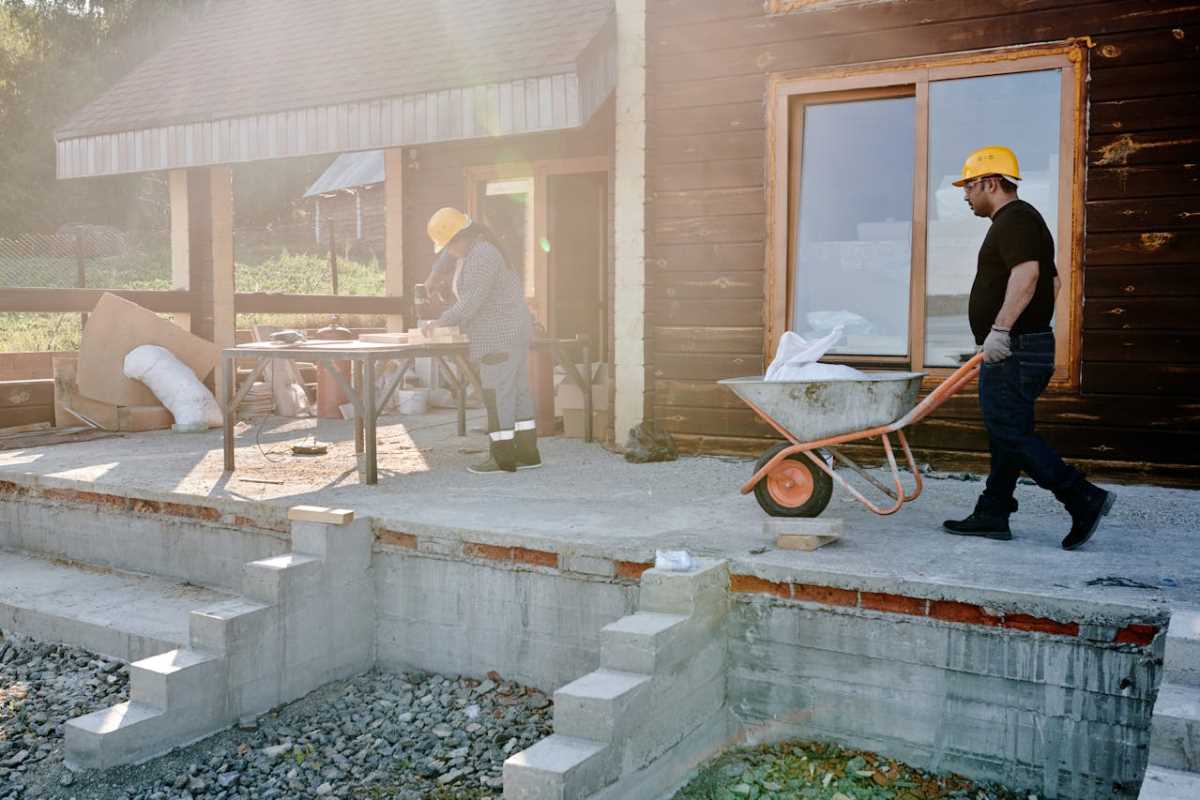Growing your own tomatoes is a rewarding way to enjoy fresh, flavorful produce right from your backyard or balcony. Tomatoes are one of the easiest plants to grow, making them an excellent choice for beginners. Plus, with a little care, your tomato plants can yield a bountiful harvest that will take your cooking and salads to the next level. Here’s a step-by-step guide on how to start growing your own tomatoes, even if you’re new to gardening.
1. Choosing the Right Tomato Variety
Tomatoes come in a variety of types, each suited for different growing conditions, space availability, and culinary purposes. Here are some of the most popular varieties:
- Cherry Tomatoes: These small, sweet tomatoes grow in clusters and are easy for beginners to handle. They grow well in both containers and garden beds.
- Beefsteak Tomatoes: Known for their large, juicy size, beefsteak tomatoes are perfect for slicing. They require more space and support due to their weight but are highly rewarding.
- Roma (Plum) Tomatoes: Great for sauces, these meaty tomatoes have fewer seeds and grow in smaller, more manageable plants, making them suitable for containers or raised beds.
For beginners, cherry and Roma tomatoes are generally easier to grow, as they tend to be more resilient and adaptable to different conditions.
2. Selecting the Perfect Growing Spot
Tomatoes thrive in full sunlight, so it’s essential to pick a spot that receives at least six to eight hours of sunlight daily. If you don’t have a garden, a sunny balcony or patio can also work well. Tomatoes need warmth and sun to develop their full flavor and color.
Tip: If you live in an area with limited sunlight, consider reflective surfaces or mirrors to help increase the light around your plants.
3. Preparing the Soil
Healthy soil is the foundation for successful tomato growth. Tomatoes love rich, well-draining soil with a slightly acidic pH level (between 6.0 and 6.8). If you’re unsure of your soil’s quality, you can buy a simple soil testing kit from a garden store.
- Enrich the Soil: Before planting, mix in compost or well-rotted manure to add nutrients. This organic matter helps the soil retain moisture and provides essential nutrients for healthy tomato plants.
- Container Planting: If you’re growing tomatoes in containers, use high-quality potting soil specifically formulated for vegetables. Containers should have good drainage holes, as tomato plants don’t like sitting in waterlogged soil.
4. Planting Tomato Seeds or Seedlings
If you’re starting from seed, sow the seeds indoors about 6-8 weeks before the last expected frost date. Use small containers filled with seed-starting soil, and place them in a warm area with plenty of light. Once the seedlings are 6-10 inches tall and all risk of frost has passed, they’re ready for transplanting.
- Transplanting: For beginners, buying young tomato plants or seedlings from a nursery is a simpler option. When transplanting, dig a deep hole and bury the plant slightly deeper than it was in its container. Tomatoes can grow roots along their stems, so a deeper planting encourages a stronger root system.
5. Watering and Feeding
Tomatoes love consistent moisture but do not tolerate waterlogged soil. Watering can be tricky, but these tips will keep your tomatoes thriving:
- Watering: Keep the soil evenly moist but not soggy. Water the plants deeply at the base to encourage the roots to grow down rather than spreading out on the surface. During the hottest months, tomatoes may need watering every day, especially if they’re in containers.
- Mulching: Adding a layer of mulch around your tomato plants helps retain moisture, reduces weeds, and keeps the soil temperature stable.
- Feeding: Once your tomatoes start producing flowers, it’s time to give them a boost with a balanced vegetable fertilizer. Look for a fertilizer high in potassium and phosphorus, which support flowering and fruit production.
6. Supporting Your Plants
Tomatoes are vigorous growers, and many varieties need support to keep their stems and fruits off the ground. Supporting the plants prevents them from breaking under the weight of the fruit and keeps the tomatoes clean and pest-free.
- Stakes: Insert a stake next to each plant, tying the main stem loosely as it grows. Wooden stakes are a simple, inexpensive option for small tomato plants.
- Cages: Tomato cages are an easy solution for larger, bushier tomato plants. Place the cage around the plant when it’s young, allowing it to grow into the cage as it matures.
- Trellises: If you’re growing indeterminate tomatoes (varieties that keep growing and producing all season), consider using a trellis system to support the long vines.
7. Pollination and Pruning
Tomatoes are self-pollinating, which means they have both male and female parts on the same flower. However, a little help with pollination can sometimes increase fruit production. Gently shaking the plants or providing good airflow helps spread pollen from flower to flower.
- Pruning: Removing small shoots, known as “suckers,” that grow between the main stem and branches can help focus the plant’s energy on fruit production. Prune sparingly, as over-pruning can reduce your harvest.
8. Pest and Disease Management
Tomato plants are susceptible to common pests and diseases, so early prevention is key. Some easy ways to keep your plants healthy include:
- Check Regularly: Inspect your plants for pests like aphids, tomato hornworms, and whiteflies. Removing pests by hand or using organic insecticidal soap can help control infestations.
- Avoid Overcrowding: Good air circulation helps prevent diseases. Give each plant plenty of space, especially in humid climates where fungi thrive.
- Rotate Crops: If you plant tomatoes in the same spot every year, they become vulnerable to diseases in the soil. Rotate tomato plants to a different area of the garden each year to reduce disease risk.
9. Harvesting Your Tomatoes
After weeks of care, your tomatoes will start to turn red (or yellow, orange, or purple, depending on the variety). When the fruit is fully colored and slightly soft to the touch, it’s ready to harvest. Gently twist or snip the tomato from the vine, being careful not to damage the plant.
Tip: Some varieties may produce green tomatoes late in the season. You can pick these before the first frost and ripen them indoors.
10. Enjoying Your Homegrown Tomatoes
Once harvested, enjoy your tomatoes in salads, sauces, sandwiches, or simply sliced with a sprinkle of salt. The flavors will likely surprise you, as homegrown tomatoes are far richer and more flavorful than store-bought varieties. Growing tomatoes offers a taste experience that makes all the effort worthwhile.
Growing tomatoes at home is a delightful way to connect with nature, learn about gardening, and savor the freshest produce possible. With these simple steps, you’ll soon be enjoying tomatoes that you’ve grown yourself, straight from garden to table. Plus, sharing the experience with friends and family makes it even more rewarding. Give it a try, and watch your garden—and your gardening skills—flourish!
 (Image via
(Image via





